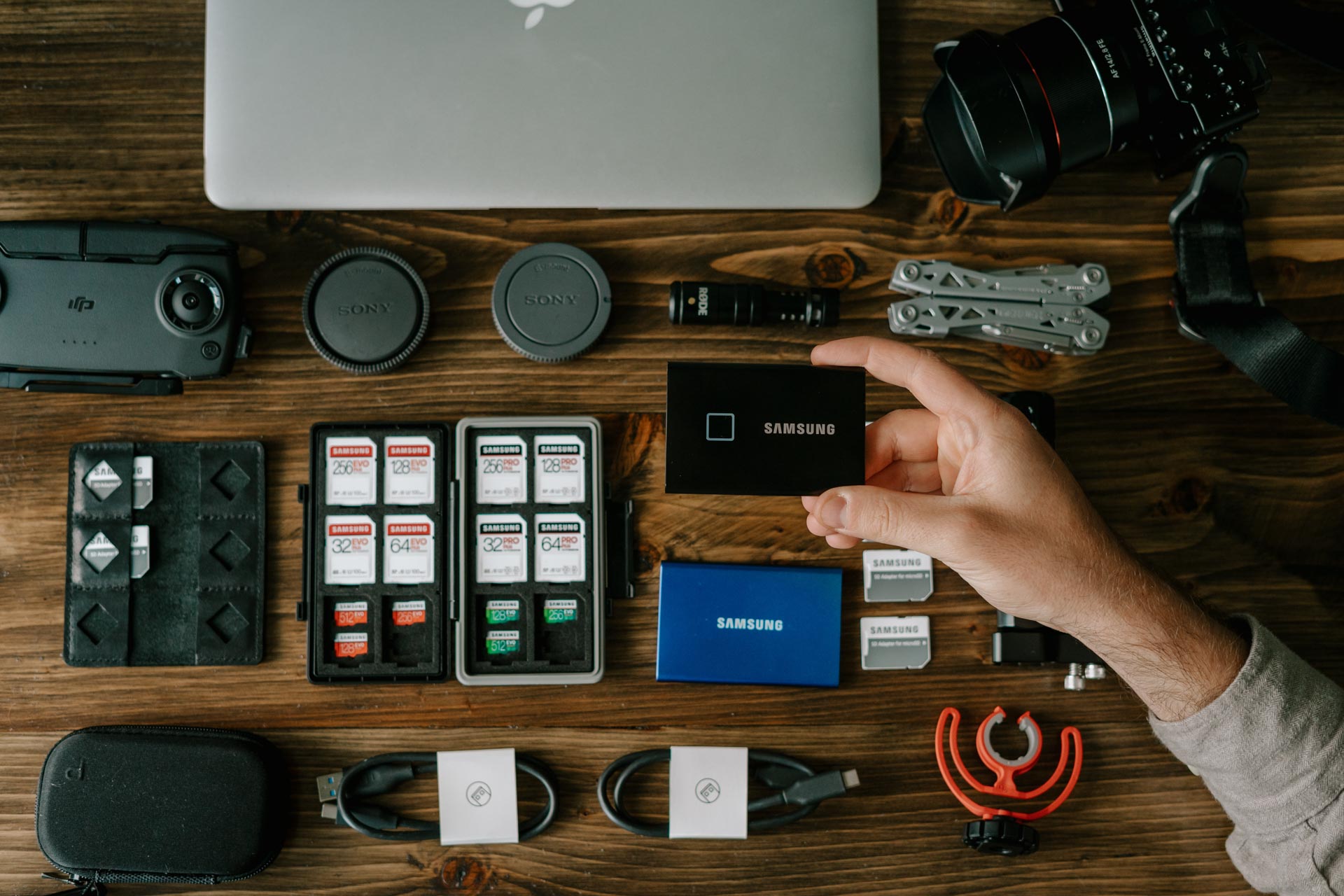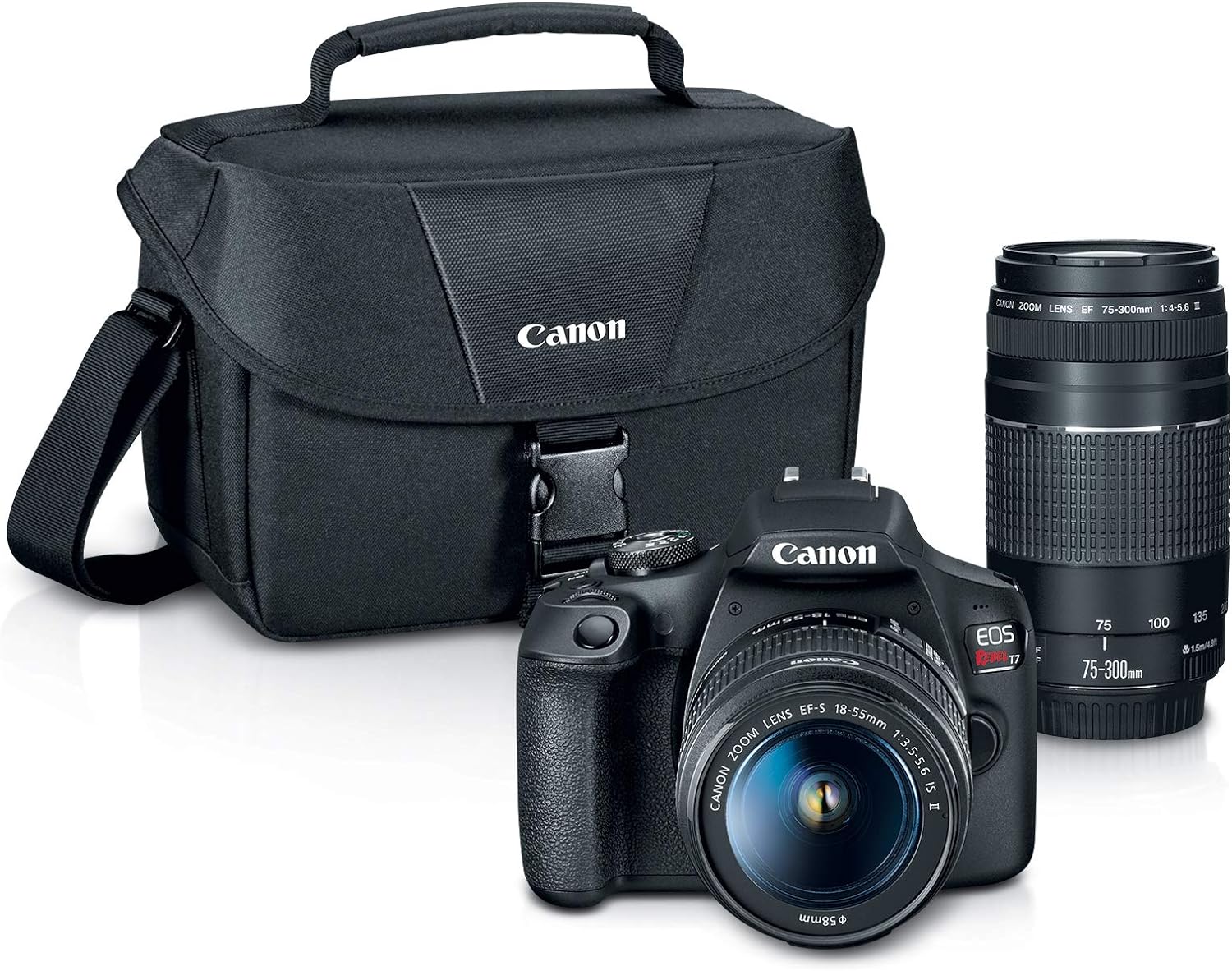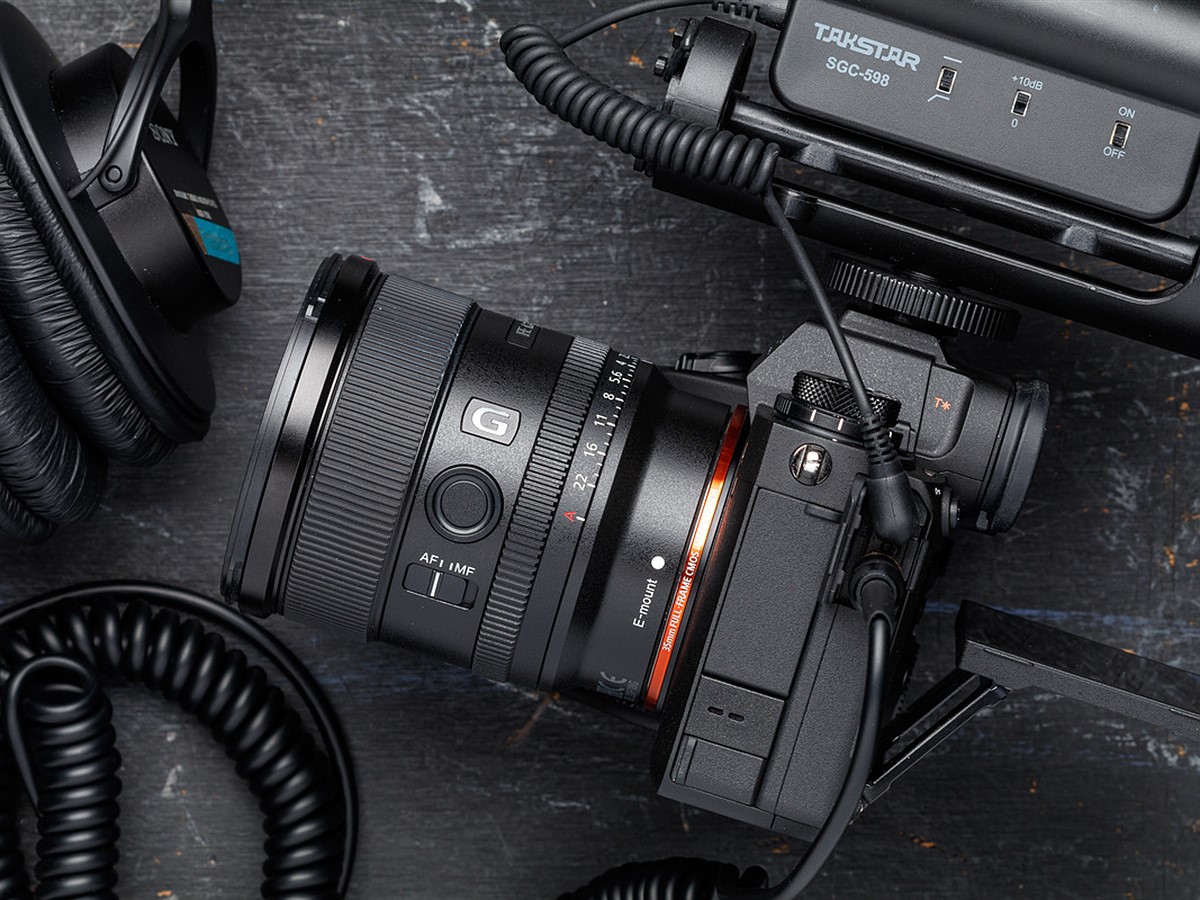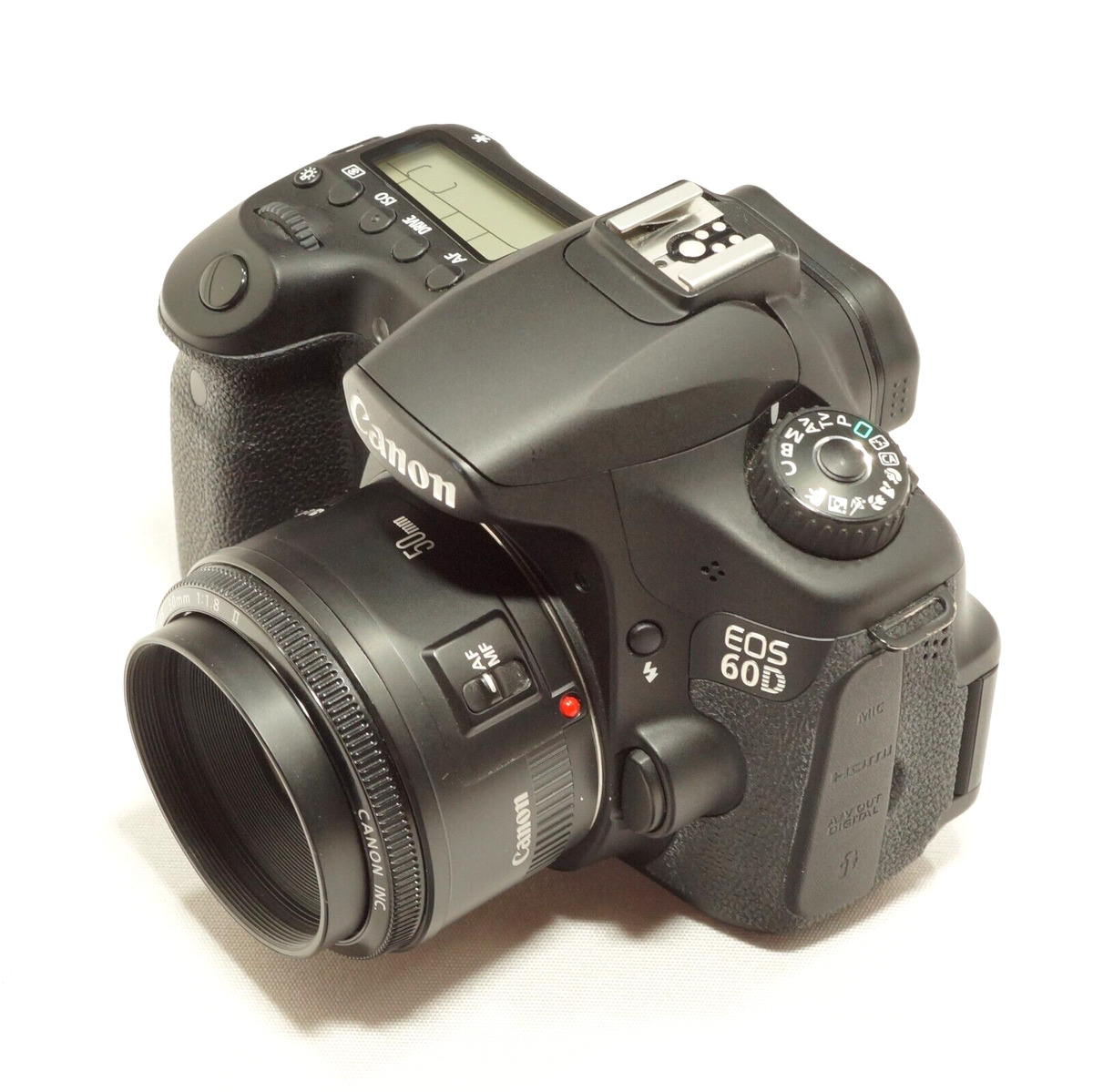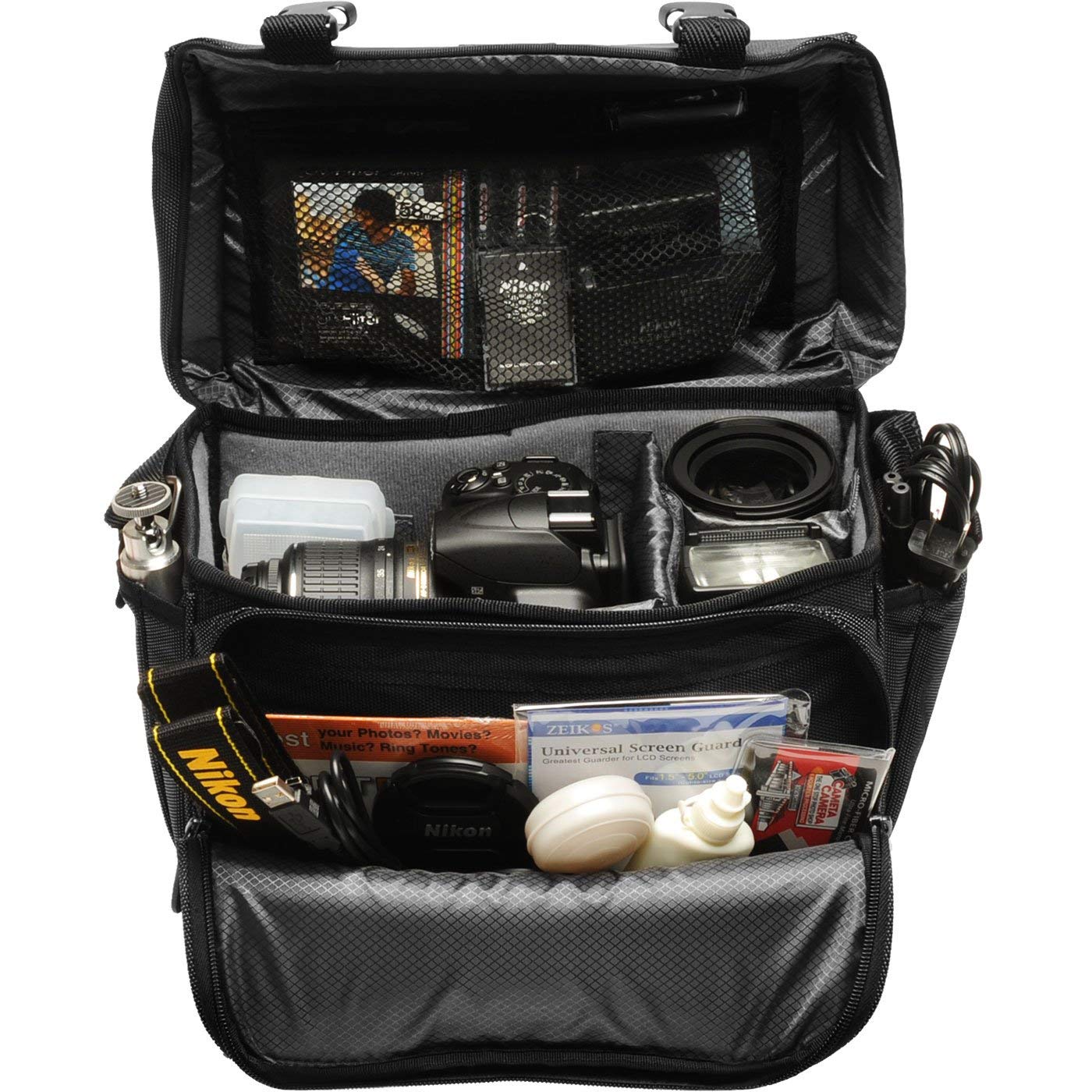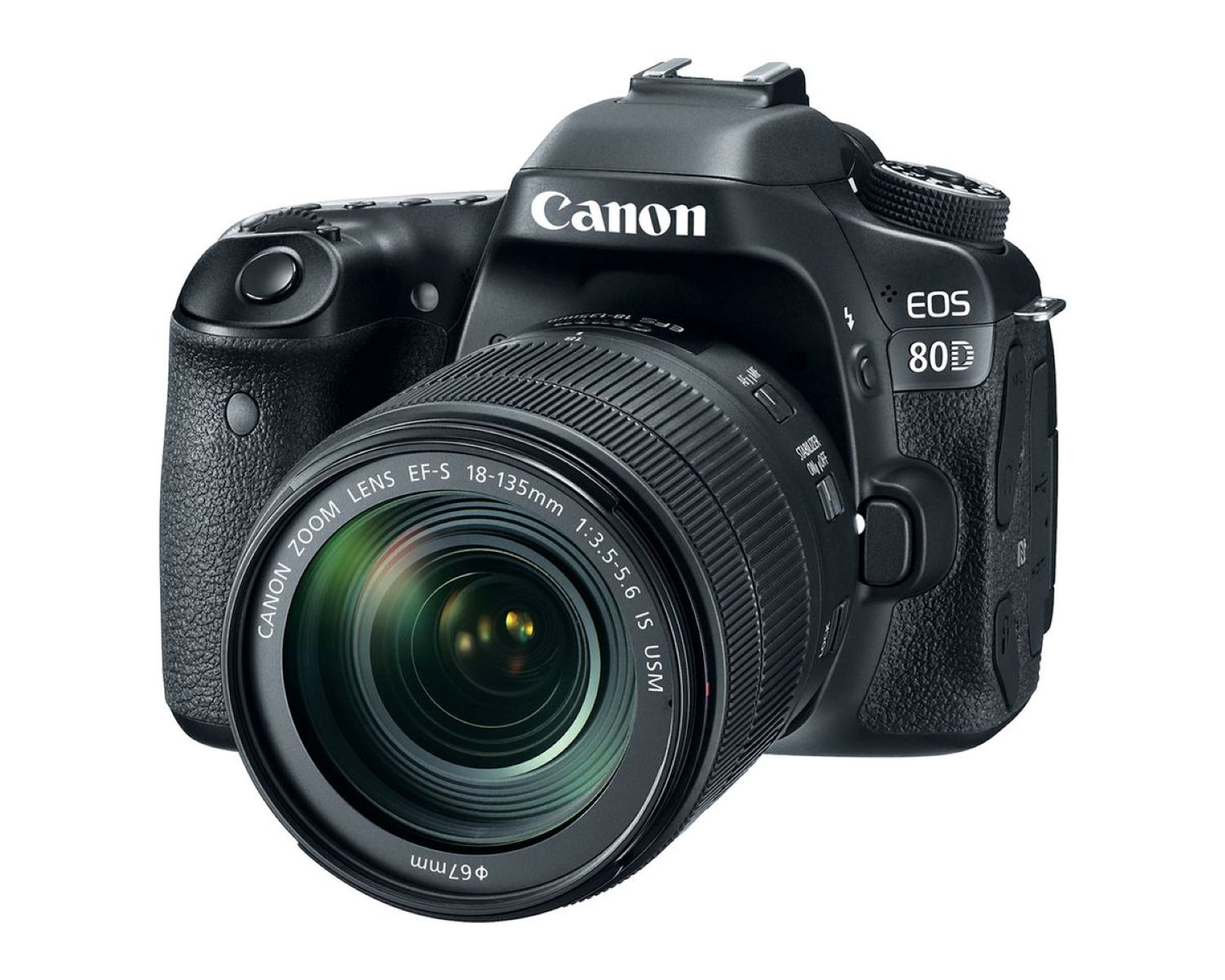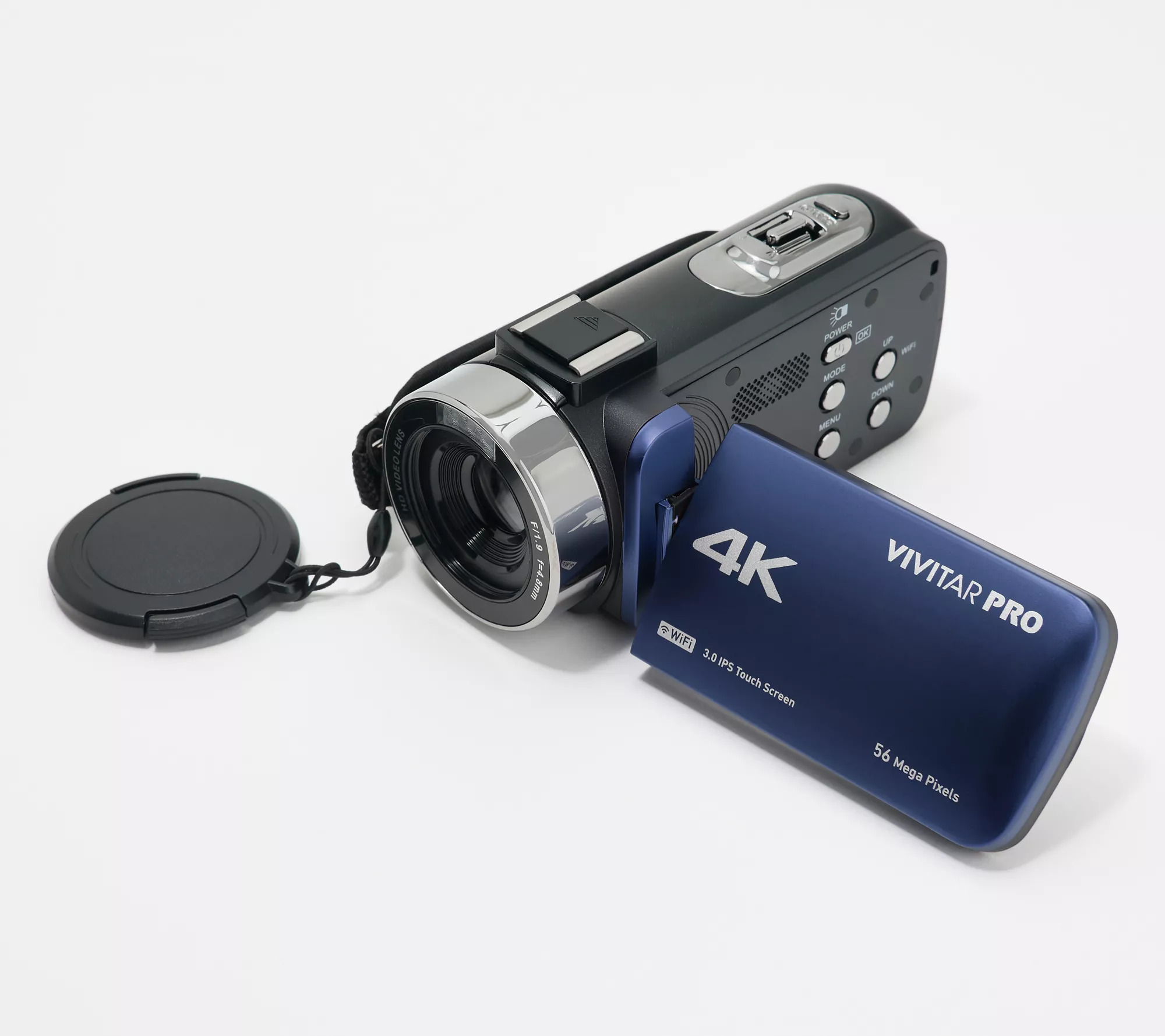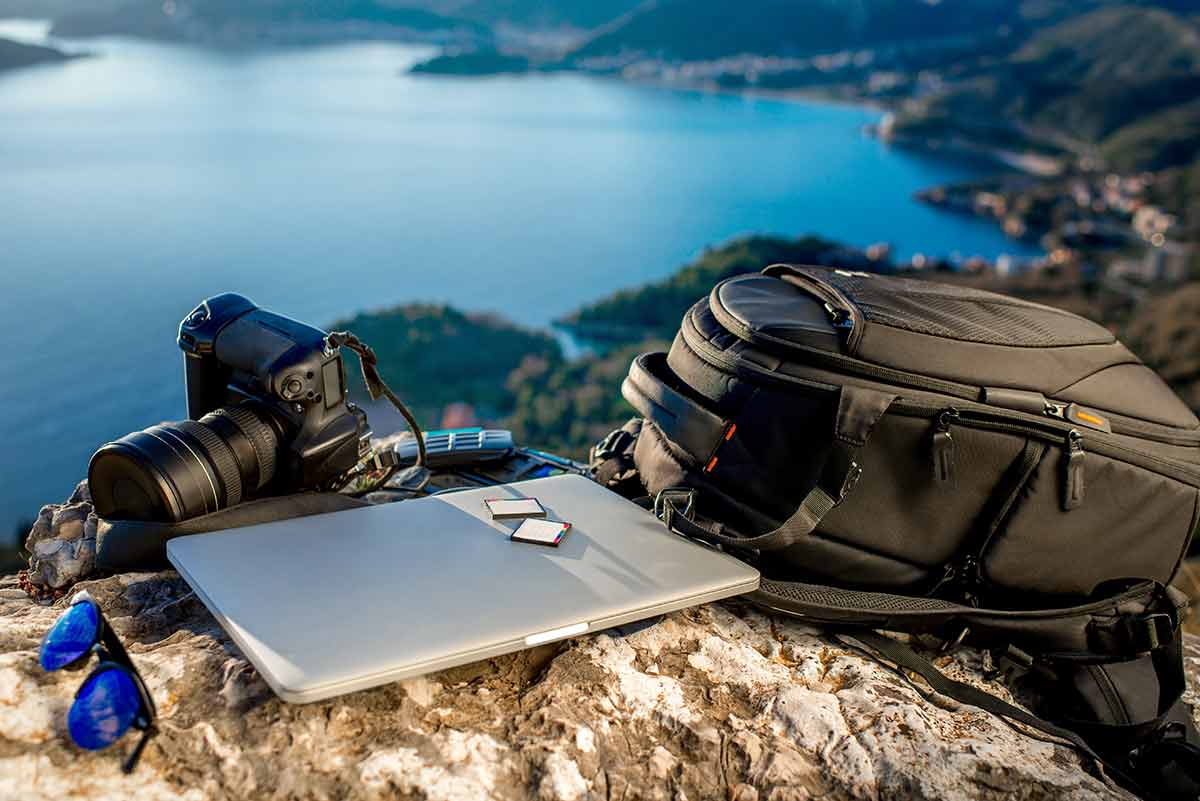Lens
One of the most essential accessories for any DSLR camera owner is a quality lens. The lens is the eye of the camera, determining the clarity, depth, and overall quality of the images captured. When selecting a lens, it’s crucial to consider the specific needs and preferences of the photographer. Here are some key points to keep in mind:
- Prime Lenses: These fixed focal length lenses are prized for their sharpness and wide aperture, making them ideal for portrait photography, low-light conditions, and artistic shots with beautiful bokeh effects.
- Zoom Lenses: Offering versatility, zoom lenses cover a range of focal lengths, allowing photographers to adjust the magnification without changing lenses. They are suitable for various types of photography, including landscapes, wildlife, and events.
- Wide-Angle Lenses: Perfect for capturing expansive landscapes, architecture, and interior spaces, wide-angle lenses provide a broader field of view, enabling photographers to encompass more of the scene in their shots.
- Macro Lenses: Designed for close-up photography, macro lenses excel at capturing intricate details, whether it’s the delicate petals of a flower, the texture of a leaf, or the tiny world of insects and small objects.
Investing in high-quality lenses can significantly enhance the photographic capabilities of a DSLR camera, allowing photographers to explore diverse styles and genres with precision and creativity. Additionally, understanding the technical specifications of lenses, such as focal length, aperture, and image stabilization, empowers photographers to make informed decisions based on their specific shooting requirements.
Camera Bag
Every DSLR camera owner should prioritize the protection and organization of their valuable equipment, and a well-designed camera bag is indispensable for this purpose. A reliable camera bag not only safeguards the camera and lenses from external elements and potential damage but also provides convenient storage and easy access during photo shoots. Here are some key considerations when choosing a camera bag:
- Size and Capacity: Select a bag that can accommodate the camera body, multiple lenses, flash units, and other accessories. It’s essential to anticipate future gear additions and ensure the bag has sufficient room for expansion.
- Protection and Padding: Look for a bag with customizable padded dividers to safeguard the equipment from impacts and scratches. Additionally, water-resistant or weatherproof materials offer added protection against the elements.
- Comfort and Portability: A well-padded and adjustable shoulder strap or backpack straps ensure comfort during extended periods of carrying. Ergonomic design and lightweight construction contribute to ease of transport.
- Accessibility and Organization: Opt for a bag with multiple compartments, pockets, and dividers for systematic organization of camera gear, including memory cards, batteries, filters, and cleaning tools. Quick-access pockets for frequently used items further enhance convenience.
By investing in a high-quality camera bag that aligns with their specific needs, photographers can safeguard their gear while staying organized and prepared for various shooting scenarios. Whether embarking on outdoor adventures, traveling to new locations, or simply heading out for a day of photography, a reliable camera bag serves as the ultimate companion for DSLR camera owners.
Tripod
A tripod is an indispensable accessory for DSLR camera owners, offering stability, versatility, and the ability to capture stunning images in various shooting conditions. Whether photographing landscapes, long exposures, macro subjects, or group portraits, a tripod provides numerous benefits that significantly enhance the quality of the final images. Here’s why every DSLR camera owner should have a reliable tripod:
- Stability and Sharpness: By minimizing camera shake, especially in low-light situations or when using telephoto lenses, a tripod ensures sharp and clear images, eliminating the risk of blur caused by hand-held shooting.
- Long Exposures and Night Photography: When capturing long exposures, star trails, or night scenes, a tripod stabilizes the camera, enabling photographers to achieve stunning, noise-free images with extended shutter speeds.
- Precise Composition: With the ability to fine-tune the framing and composition without the constraints of hand-held shooting, a tripod empowers photographers to achieve precise and consistent framing, particularly in architectural and landscape photography.
- Macro Photography: In macro photography, where precision and depth of field are critical, a tripod provides the necessary stability for capturing intricate details and achieving optimal focus.
When selecting a tripod, factors such as weight, maximum load capacity, height, and portability should be carefully considered to align with the photographer’s specific shooting requirements and preferences. Additionally, features like adjustable legs, quick-release plates, and ball heads contribute to ease of use and versatility in various shooting scenarios.
Ultimately, a tripod serves as a reliable tool for DSLR camera owners, unlocking creative possibilities and ensuring the consistent delivery of high-quality images across a wide range of photographic genres and shooting conditions.
External Flash
An external flash unit is a crucial accessory for DSLR camera owners, providing enhanced lighting capabilities and the flexibility to control and manipulate light for various photographic scenarios. While the built-in flash on DSLR cameras can be useful in certain situations, an external flash offers a multitude of advantages that significantly elevate the quality of images. Here are some compelling reasons why every DSLR camera owner should consider investing in an external flash:
- Improved Lighting Control: External flashes allow photographers to adjust the intensity, direction, and quality of light, enabling creative manipulation for portrait, product, and event photography. The ability to bounce and diffuse light results in softer, more flattering illumination.
- Enhanced Low-Light Performance: In dimly lit environments or indoor settings, an external flash provides the necessary illumination to capture well-exposed, vibrant images without relying solely on high ISO settings, thus reducing noise and preserving image quality.
- High-Speed Sync and Flash Modifiers: Many external flash units offer advanced features such as high-speed sync, stroboscopic effects, and compatibility with light modifiers like softboxes, diffusers, and gels, expanding the creative potential for professional-looking results.
- Reduction of Red-Eye and Harsh Shadows: By elevating the light source away from the camera’s lens axis, external flashes minimize the occurrence of red-eye and harsh shadows, resulting in more natural and pleasing portraits.
When selecting an external flash, compatibility with the DSLR camera model, power output, recycling time, and additional features such as tilt, swivel, and wireless capabilities should be taken into consideration to meet the photographer’s specific lighting needs and shooting style.
Ultimately, an external flash unit serves as a valuable tool for DSLR camera owners, empowering them to master light and produce professional-quality images across a diverse range of photography genres and lighting conditions.
Memory Cards
When it comes to capturing precious moments and preserving stunning images, reliable and high-capacity memory cards are indispensable for DSLR camera owners. These small yet powerful accessories play a vital role in storing and safeguarding the digital content created during photography sessions. Here’s why every DSLR camera owner should prioritize investing in quality memory cards:
- Ample Storage Capacity: High-capacity memory cards provide ample space to store a large number of high-resolution images and high-definition video recordings without the need to frequently swap or replace cards during a photo shoot.
- Fast Write Speeds: Memory cards with fast write speeds ensure efficient and seamless recording of images, especially when capturing rapid sequences, burst mode shots, or high-definition video, preventing buffering or delays in data storage.
- Reliability and Durability: Opting for reputable and durable memory card brands reduces the risk of data loss, file corruption, or card malfunctions, offering peace of mind and dependable performance in various shooting conditions.
- Compatibility and Transfer Speeds: Selecting memory cards that are compatible with the DSLR camera’s specifications and offer fast read speeds facilitates quick and convenient transfer of images and videos to a computer or external storage devices.
It’s important to consider the specific requirements of the DSLR camera, such as file formats, resolution settings, and video recording capabilities, when choosing memory cards to ensure seamless compatibility and optimal performance.
By investing in high-quality, high-capacity memory cards, DSLR camera owners can focus on their creative endeavors without the concern of running out of storage space or compromising the integrity of their digital content, ultimately preserving and safeguarding their photographic memories with confidence.
Cleaning Kit
A comprehensive cleaning kit is an essential accessory for DSLR camera owners, ensuring the maintenance and longevity of their valuable equipment. Regular cleaning not only preserves the visual clarity and performance of lenses and camera sensors but also contributes to the overall image quality and professional presentation of photographs. Here’s why every DSLR camera owner should prioritize investing in a quality cleaning kit:
- Lens and Sensor Maintenance: Dust, smudges, and debris can compromise the quality of images and affect the performance of lenses and camera sensors. A cleaning kit equipped with lens pens, microfiber cloths, and sensor swabs enables photographers to effectively remove contaminants and maintain optical clarity.
- Prevention of Image Artifacts: Regular cleaning mitigates the risk of unwanted artifacts such as spots, streaks, or blemishes appearing in images, ensuring consistent image quality and reducing the need for post-processing corrections.
- Camera Body and Exterior Care: Cleaning kits often include tools for safely removing dirt, fingerprints, and grime from the camera body and exterior surfaces, preserving the aesthetics and functionality of the DSLR camera.
- Enhanced Longevity and Performance: By adopting a routine cleaning regimen using appropriate tools and solutions, DSLR camera owners can prolong the lifespan and optimal performance of their equipment, safeguarding their investment for years to come.
When selecting a cleaning kit, it’s important to choose products specifically designed for camera maintenance, such as non-abrasive cleaning solutions, anti-static brushes, and air blowers, to ensure gentle and effective cleaning without causing damage to delicate components.
By incorporating a cleaning kit into their photography toolkit, DSLR camera owners can uphold the integrity of their equipment, optimize image quality, and present their work with the professionalism and precision that their artistry deserves.
Remote Shutter Release
A remote shutter release is a valuable accessory for DSLR camera owners, offering convenience, precision, and expanded creative possibilities in photography. This versatile tool allows photographers to capture images without physically touching the camera, minimizing the risk of camera shake and enabling the execution of long exposures, time-lapse sequences, and self-portraits with ease. Here’s why every DSLR camera owner should consider incorporating a remote shutter release into their photography toolkit:
- Minimized Camera Shake: Using a remote shutter release eliminates the need to press the camera’s shutter button manually, reducing the potential for unintentional movement and ensuring sharper images, especially in low-light conditions or with telephoto lenses.
- Long Exposures and Bulb Mode: With a remote shutter release, photographers can engage the camera’s bulb mode for extended exposures, capturing mesmerizing light trails, starry skies, and captivating night scenes with precise control over the duration of the exposure.
- Self-Portraits and Group Photos: When photographing self-portraits or group shots, a remote shutter release allows photographers to step away from the camera and trigger the shutter at the opportune moment, resulting in natural and candid compositions without the need for a timer or assistance from others.
- Time-Lapse and Interval Shooting: Remote shutter releases equipped with intervalometers enable the creation of captivating time-lapse sequences, offering the flexibility to program custom intervals for capturing dynamic scenes and unfolding events over extended periods.
When selecting a remote shutter release, photographers can choose from wired or wireless options, each offering unique advantages in terms of range, portability, and functionality. Additionally, compatibility with the specific DSLR camera model and the inclusion of features such as interval timing, long-exposure settings, and multiple release options should be considered to align with the photographer’s creative vision and shooting requirements.
By incorporating a remote shutter release into their photography workflow, DSLR camera owners can expand their creative horizons, capture stunning images with precision and control, and explore new realms of photographic expression.
UV Filter
A UV filter is a valuable accessory for DSLR camera owners, offering both protective and optical benefits that contribute to the overall quality and longevity of photographic equipment. This versatile filter is designed to absorb ultraviolet light, reduce haze, and safeguard the front element of the lens from scratches, moisture, and dust. Here’s why every DSLR camera owner should consider the advantages of incorporating a UV filter into their photography equipment:
- Lens Protection: A UV filter acts as a durable barrier, shielding the front element of the lens from potential damage caused by environmental factors, accidental impact, and airborne particles, preserving the optical integrity and resale value of the lens.
- Haze Reduction: By absorbing ultraviolet light and minimizing atmospheric haze, a UV filter enhances the clarity and contrast of images, particularly in scenic and landscape photography, resulting in crisper, more vibrant photographs with improved depth and detail.
- All-Weather Performance: With the added layer of protection provided by a UV filter, photographers can confidently shoot in various outdoor conditions, including coastal environments, mountainous regions, and dusty settings, without compromising the optical quality of their images.
- Convenient Maintenance: Cleaning a UV filter is simpler and less risky than cleaning the front element of the lens, as it is easier to replace a filter if it becomes heavily soiled or damaged, thereby reducing the potential for scratches or abrasions on the lens itself.
When selecting a UV filter, it’s essential to choose a high-quality, multi-coated filter to minimize the risk of optical degradation, flare, or reflections. Additionally, ensuring compatibility with the specific lens diameter and considering the filter’s impact on autofocus performance and image quality are essential factors to consider when integrating a UV filter into the photographic workflow.
By incorporating a UV filter into their lens collection, DSLR camera owners can protect their valuable equipment, enhance the visual quality of their images, and confidently explore diverse shooting environments with the assurance of optical integrity and durability.







